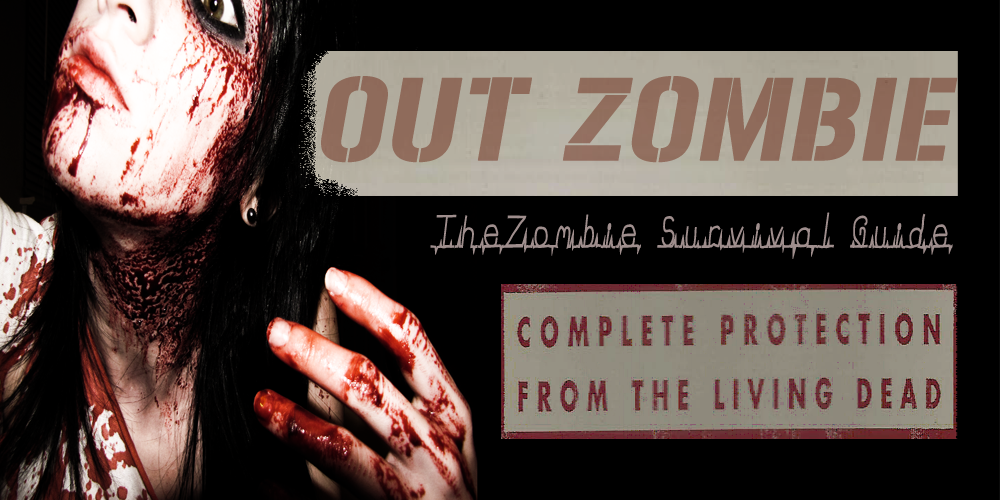Every undead outbreak, regardless of its class, has a beginning. Now
that the enemy has been defined, the next step is early warning.
Knowing what a zombie is will not help if you are unable to recognize
an outbreak before it's too late. This does not entail building a "zombie
command post" in your basement, sticking pins in a map, and huddling
around the shortwave radio. All it requires is looking for signs
that would slip by the untrained mind. These signs include:
1. Homicides in which the victims were executed by head shots or
decapitation. It has happened many times: People recognize an outbreak
for what it is and try to take matters into their own hands.
Almost always, these people are declared murderers by the local
authorities and prosecuted as such.
2. Missing persons, particularly in wilderness or uninhabited areas.
Pay careful attention if one or more of the search members end up
missing. If the story is televised or photographed, watch to see what
level of armament the search parties carry. Any more than one rifle
per group could mean that this is more than just a simple rescue
operation.
3. Cases of "violent insanity" in which the subject attacked friends or
family without the use of weapons. Find out if the attacker bit or
tried to bite his victims. If so, are any of the victims still in the hospital?
Try to discover if any of these victims mysteriously died
within days of their bite.
4. Riots or other civil disturbances that began without provocation or
other logical cause. Common sense will dictate that violence on any
group level does not simply occur without a catalyst such as racial
tension, political actions, or legal decisions. Even so-called "mass
hysteria" can always be traced to a root source. If none can be
found, the answer may lie elsewhere.
5. Disease-based deaths in which either the cause is undetermined or
seems highly suspect. Deaths from infectious disease are rare in the
industrialized world, compared to a century ago. For this reason,
new outbreaks always make the news. Look for those cases in
which the exact nature of the disease is unexplained. Also, be on the
alert for suspicious explanations such as West Nile virus or "mad
cow" disease. Either could be examples of a cover-up.
6. Any of the above in which media coverage was forbidden. A total
press blackout is rare in the United States. The occurrence of one
should be regarded as an immediate red flag. Of course, there may
be many reasons other than an attack of the living dead. Then again,
any event causing a govemment as media-conscious as our own to
clamp down merits close attention. The truth, no matter what it is,
cannot be good.
Once an event has tripped your sensors, keep track of it. Note the
location, and its distance from you. Watch for similar incidents around
or near the original site. If, within a few days or weeks, these incidents
do occur, study them carefully. Note the response of law enforcement
and other govemment agencies. If they react more forcefully with each
occurrence, chances are that an outbreak is unfolding.

No hay comentarios:
Publicar un comentario